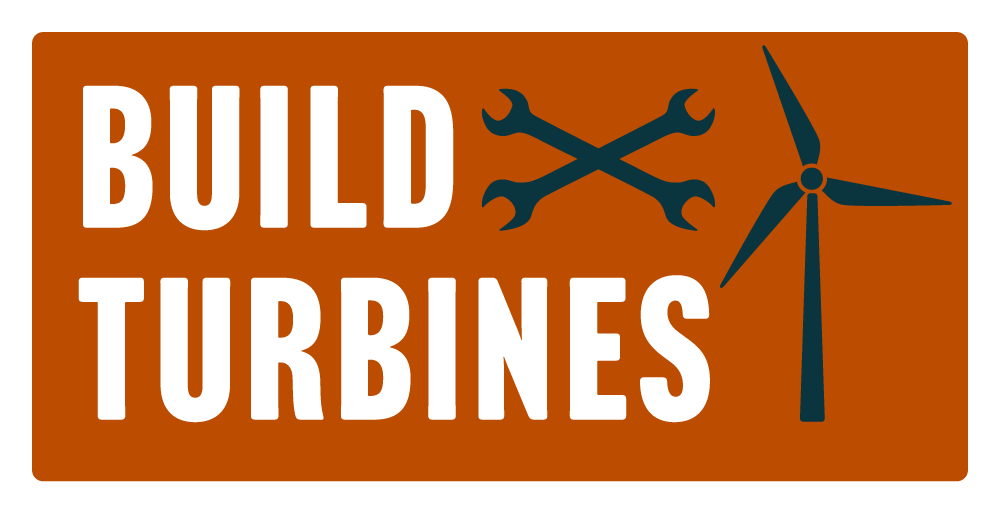Wind energy is one of the fastest-growing renewable energy sectors globally. As countries aim to reduce carbon emissions and transition towards sustainable energy sources, understanding the terminology associated with wind energy is crucial for industry professionals, researchers, policymakers, and the general public.
This article will cover essential terms and concepts in the wind energy industry, providing a foundation for further exploration and discussion.
Wind Turbines and Components
Wind Turbine
A device that converts kinetic energy from the wind into electrical power. The typical wind turbine consists of a tower, rotor, and nacelle.
Rotor
The part of the wind turbine that includes the blades and the hub. The rotor captures wind energy and transfers it to the generator.
Blades
Attached to the rotor, these are aerodynamically designed to capture wind energy effectively. Blades are crucial in determining the efficiency and capacity of a turbine.
Hub
The center of the rotor to which the blades are attached. The hub can pitch the blades to control the turbine’s speed and power output.
Nacelle
The enclosure at the top of the turbine tower that houses all the generating components, including the gearbox, generator, and controls.
Tower
The structure that supports the nacelle and rotor, elevating them to capture more wind. Towers are made of steel or concrete and vary in height depending on the turbine’s design and location.
Power Generation and Measurement

Wind turbines generate lots of power. Here are some of the terms related to power generation:
Rated Capacity
The maximum electrical output a wind turbine can produce under ideal conditions. It is typically measured in megawatts (MW).
Capacity Factor
The ratio of actual energy produced over a period to the amount it could have produced at full capacity. It is influenced by wind availability and turbine efficiency.
Cut-in Speed
The minimum wind speed at which a wind turbine begins to generate power. Below this speed, the turbine does not produce electricity.
Cut-out Speed
The maximum wind speed at which turbines stop operating to avoid damage. During high winds, turbines must shut down to maintain structural integrity.
Load Factor
Similar to the capacity factor, it measures the actual energy output as a percentage of the maximum possible output over a specific period.
Wind Farm Development and Operations

Wind Farm
A group of wind turbines in the same location used for the production of electric power. A large wind farm may consist of several hundred individual turbines connected to the power transmission network.
Grid Integration
The process of connecting the wind farm to the electrical grid to deliver generated electricity to consumers.
Wake Effect
The reduction in wind speed behind a turbine due to the turbulence created by the rotor. This effect can impact the performance of other turbines downstream.
Micrositing
The process of positioning wind turbines within a wind farm layout to maximize wind capture and minimize wake effects.
Micrositing is extremely important in optimizing any parcel of land sited for wind energy development – and the video above shows how its effects can be far-reaching.
Economic and Environmental Aspects of Wind Energy

Levelized Cost of Energy (LCOE)
A measure of the average net present cost of electricity generation for a generating plant over its lifetime. It is used to compare the cost-effectiveness of different generation technologies.
Feed-in Tariff (FIT)
A policy mechanism designed to accelerate investment in renewable energy technologies by offering long-term contracts to renewable energy producers, typically based on the cost of generation of each technology.
Power Purchase Agreement (PPA)
A contract between two parties, one which generates electricity (the seller) and one which is looking to purchase electricity (the buyer).
Looking Forward in Wind Energy
Understanding the terminology of wind energy is crucial as this sector continues to evolve and expand. As technology advances and economies of scale improve, the wind energy industry stands poised to play a pivotal role in the global transition to renewable energy, making its lexicon not only relevant for professionals but also for anyone interested in the future of energy.
Ready to get started? Download our free jobs report below.



